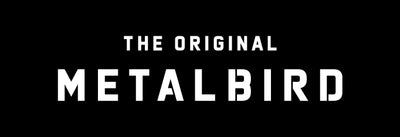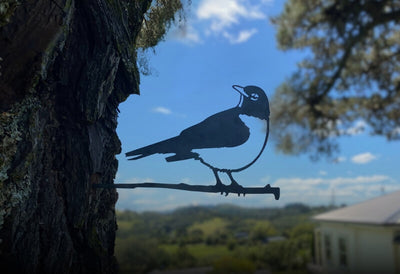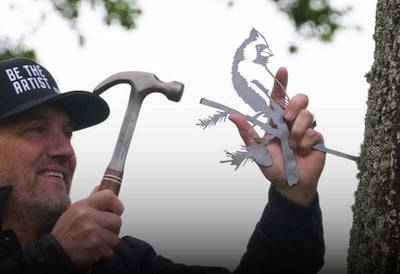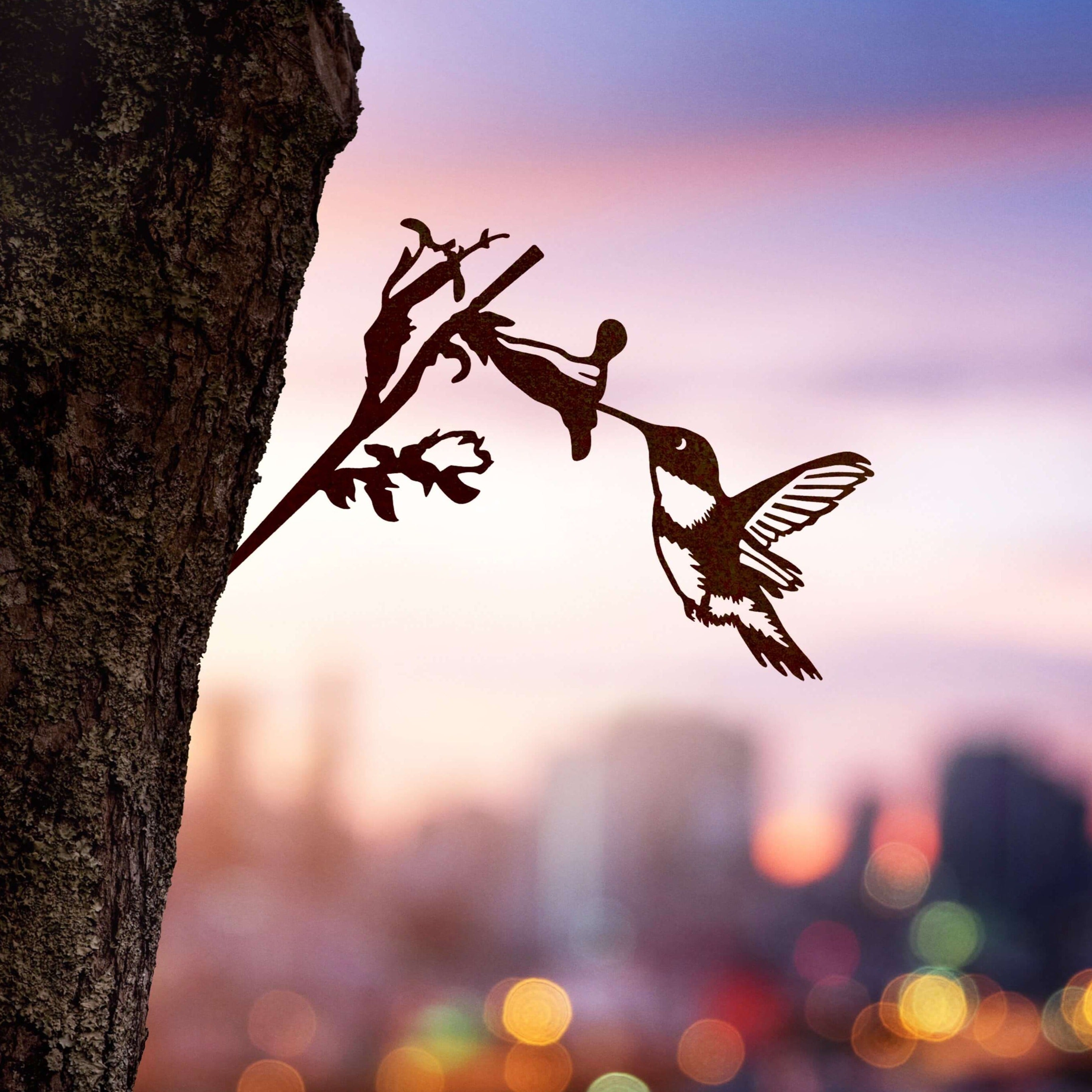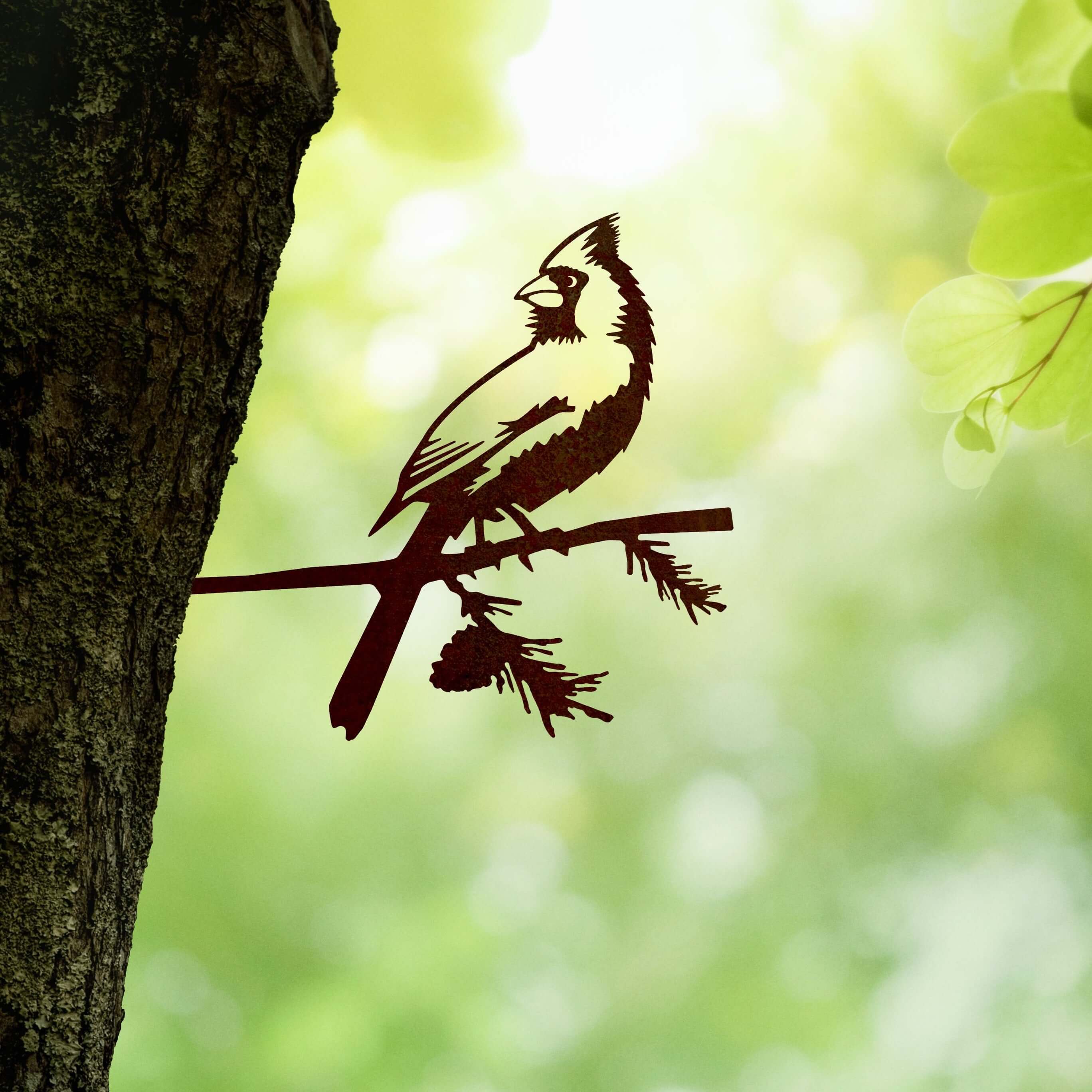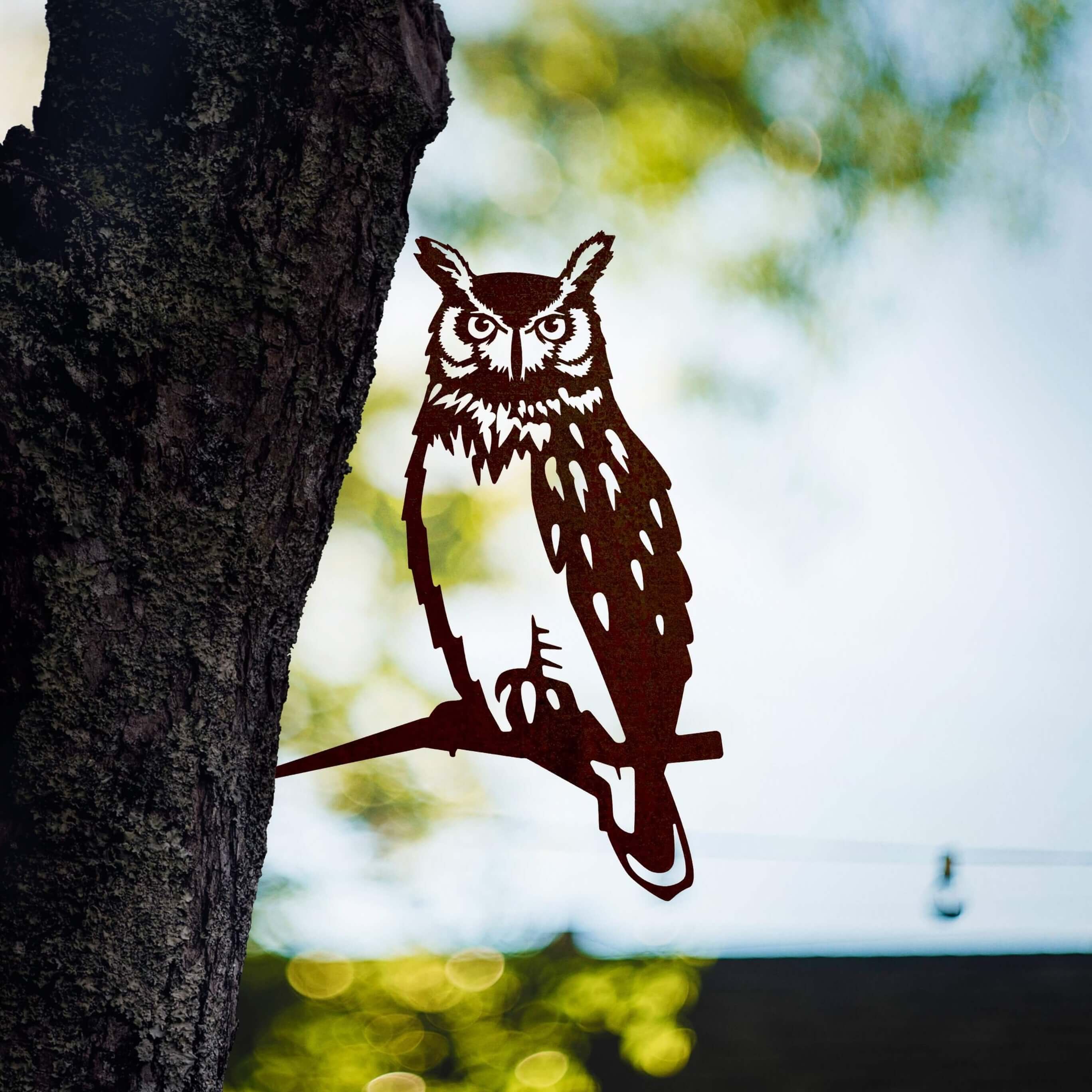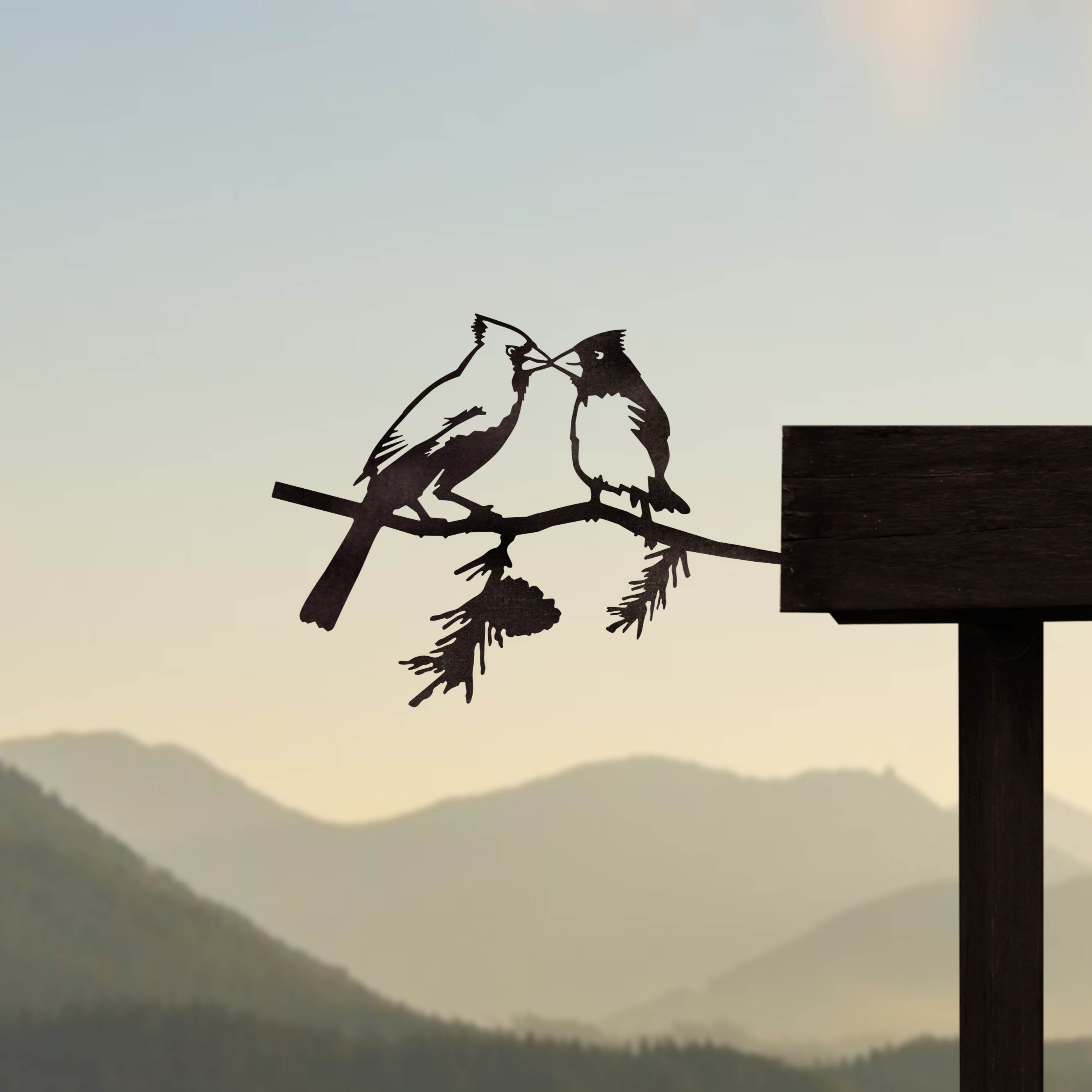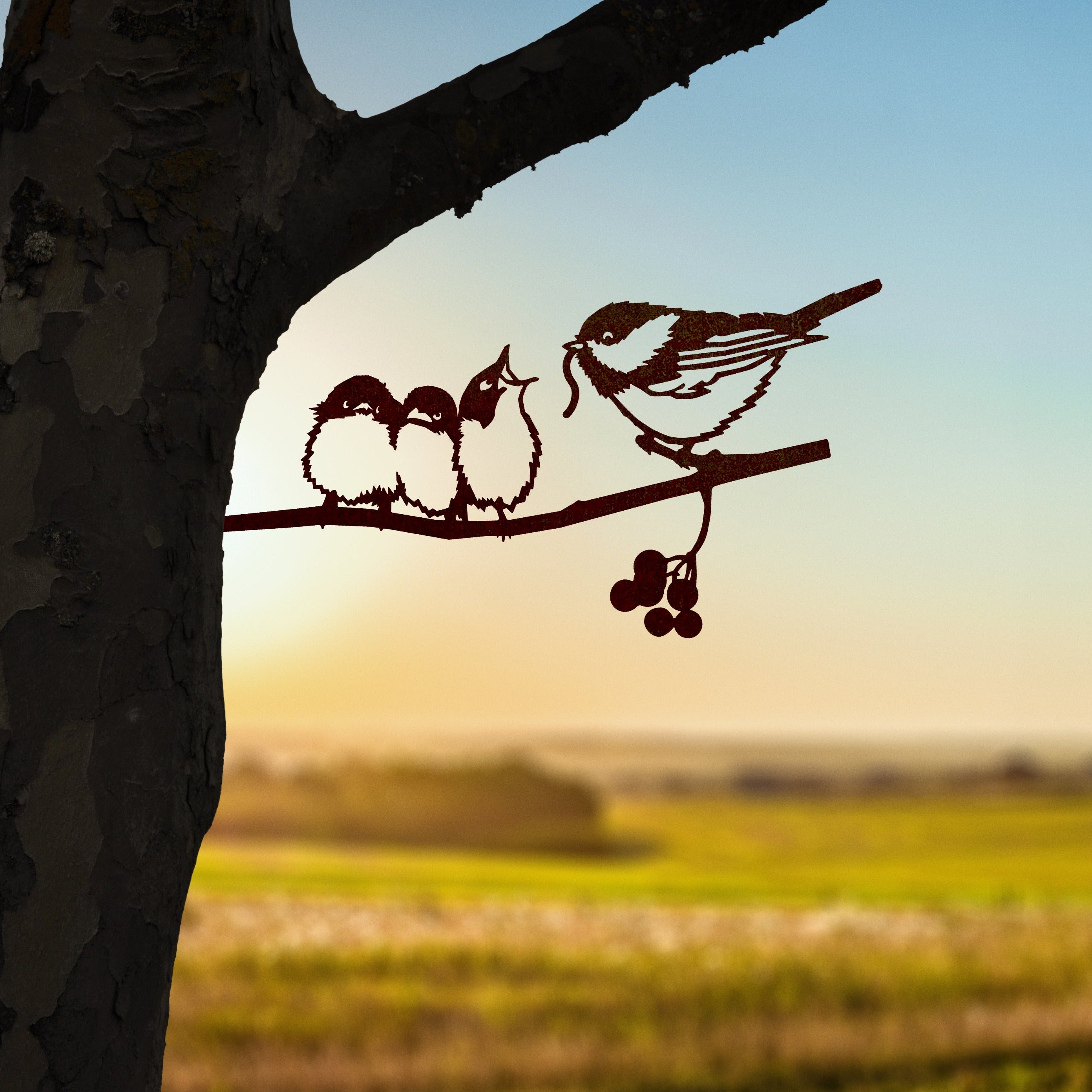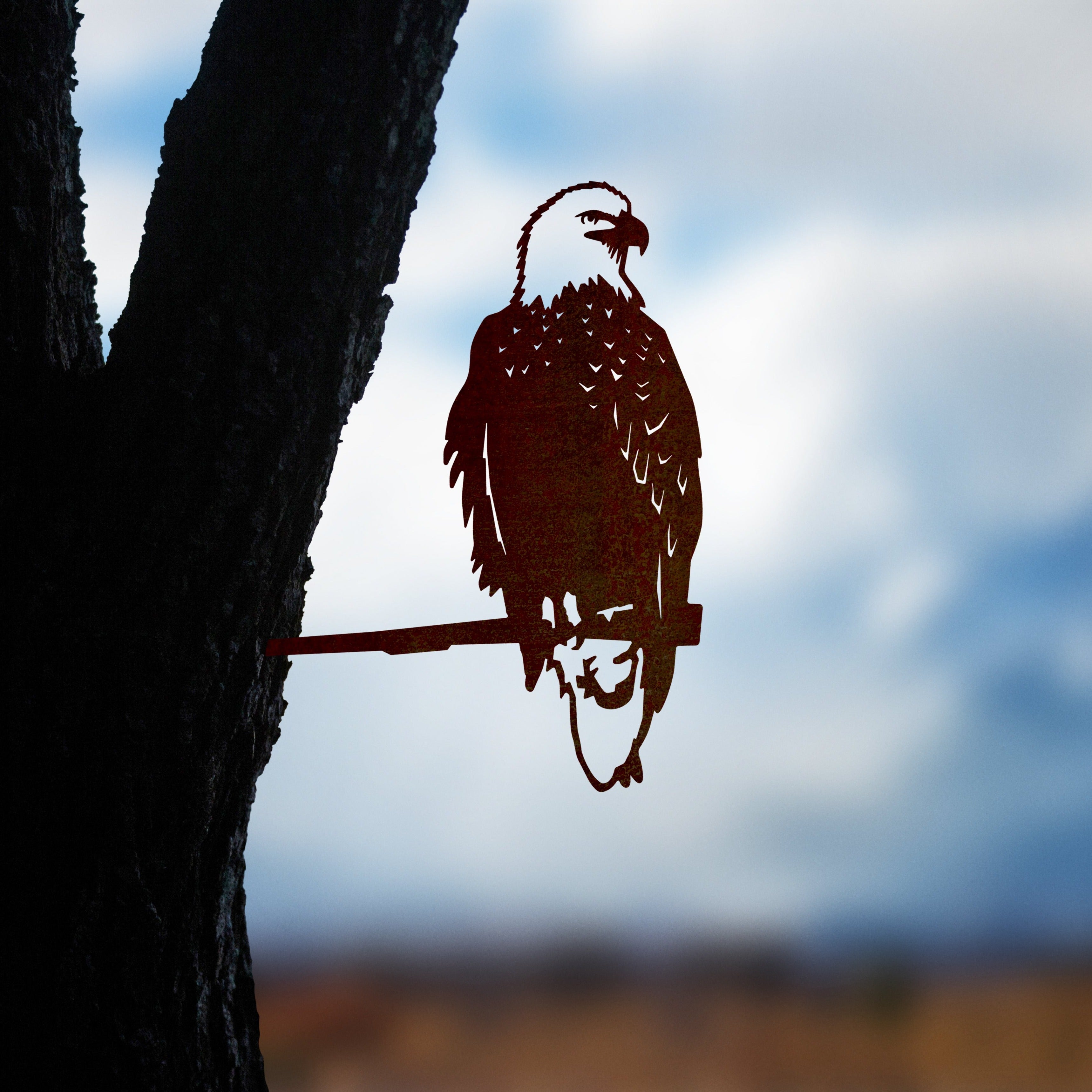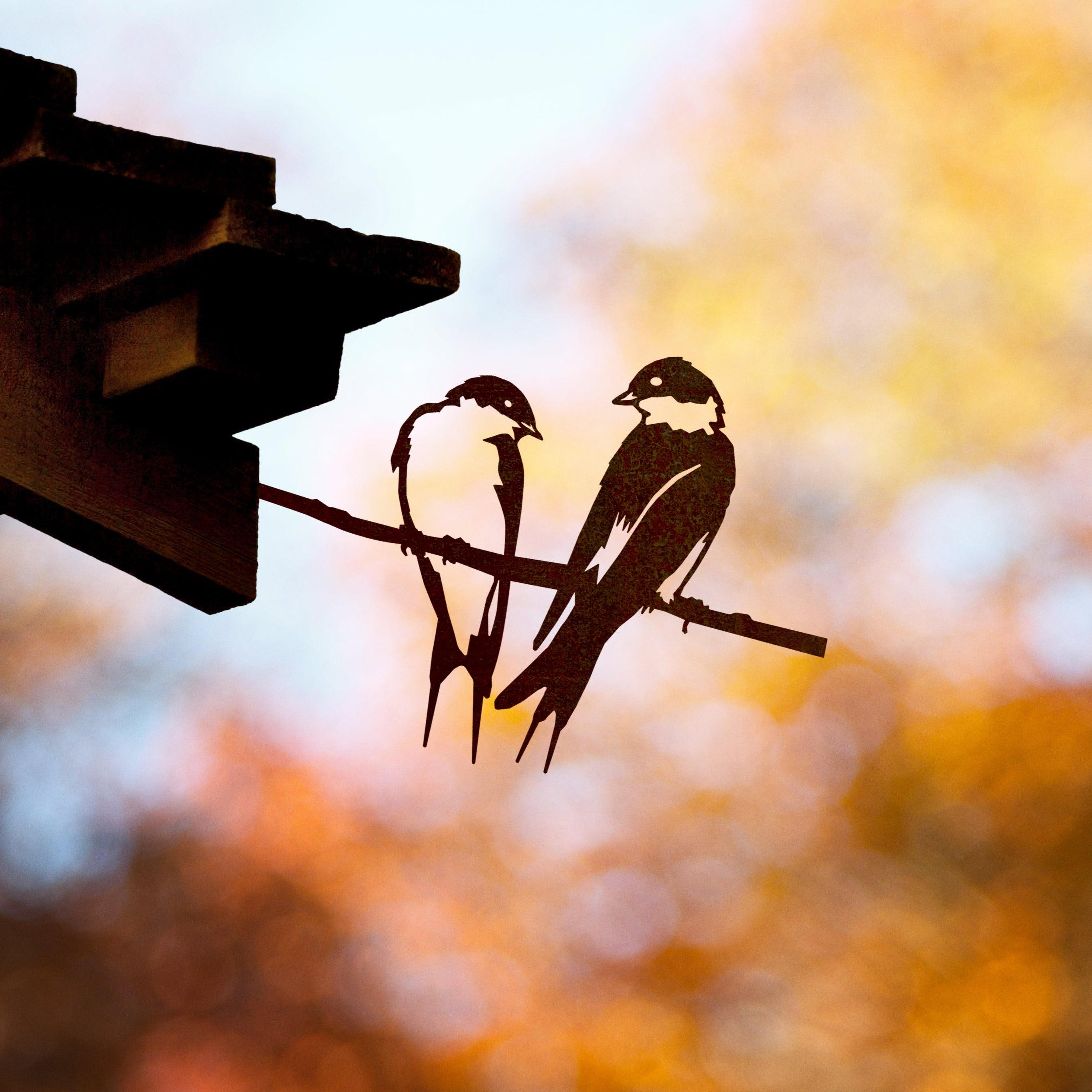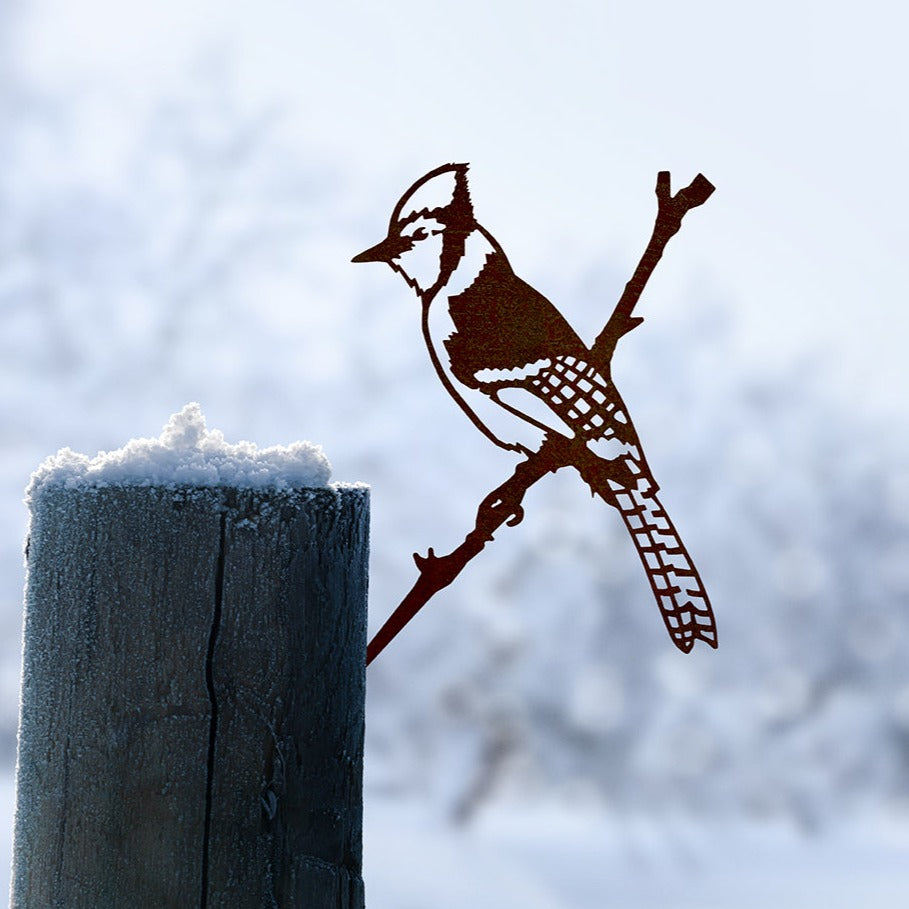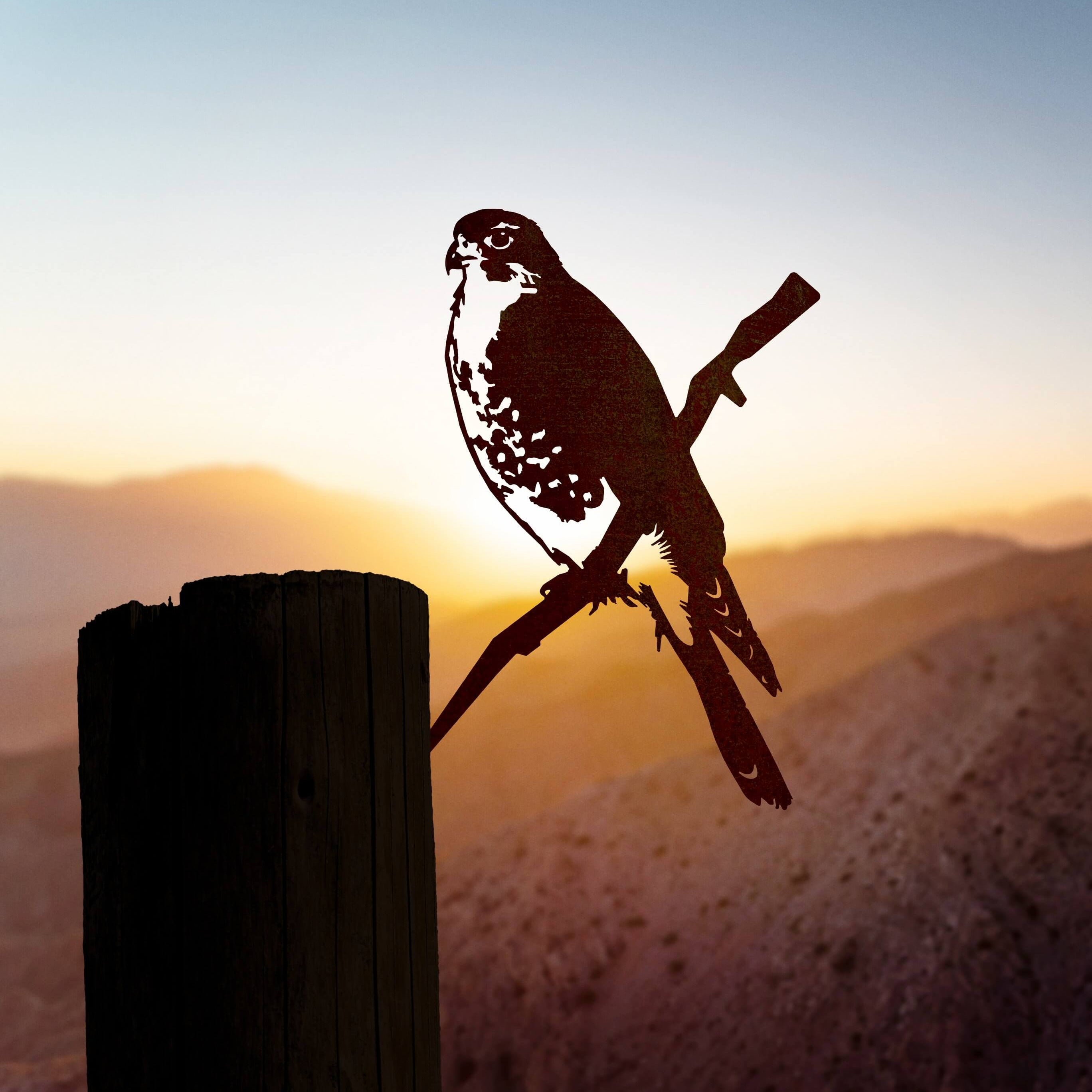Red-Tailed Hawk
Make a statement with the Red-Tailed Hawk – bold, fierce, and built to soar.
Bring home the USA’s most iconic bird of prey with this striking silhouette in weatherproof Corten® steel. The Red-Tailed Hawk isn’t just a bird – it’s a guardian of open skies and a favorite fencepost visitor across the country. Sometimes called a "chickenhawk", whether perched in stillness or screaming across the valley, this raptor is pure power and poise.
This Metalbird captures the hawk’s famous red tail and sharp posture in a piece that looks incredible installed high — like it’s on the hunt.
With a wingspan in your backyard and a scream borrowed by every Hollywood action movie, this is one bird that refuses to be ignored.
✓ 17 inches high by 5.2 inches wide (excluding branch), approx. 16oz
✓ Easy to send. Ships in a 16" x 13" x 1/4" flat box that fits in a postal mailer
✓ Same-day dispatch. On weekday orders before 2pm
✓ Made in the USA. Cut and crafted in a family-owned factory
✓ Built for the elements. Made from USA 1/8" Corten® steel, designed to weather beautifully
✓ Easy to install. Designed to perch high and proud on fences, posts, or rails
Style With
Red-Tailed Hawk
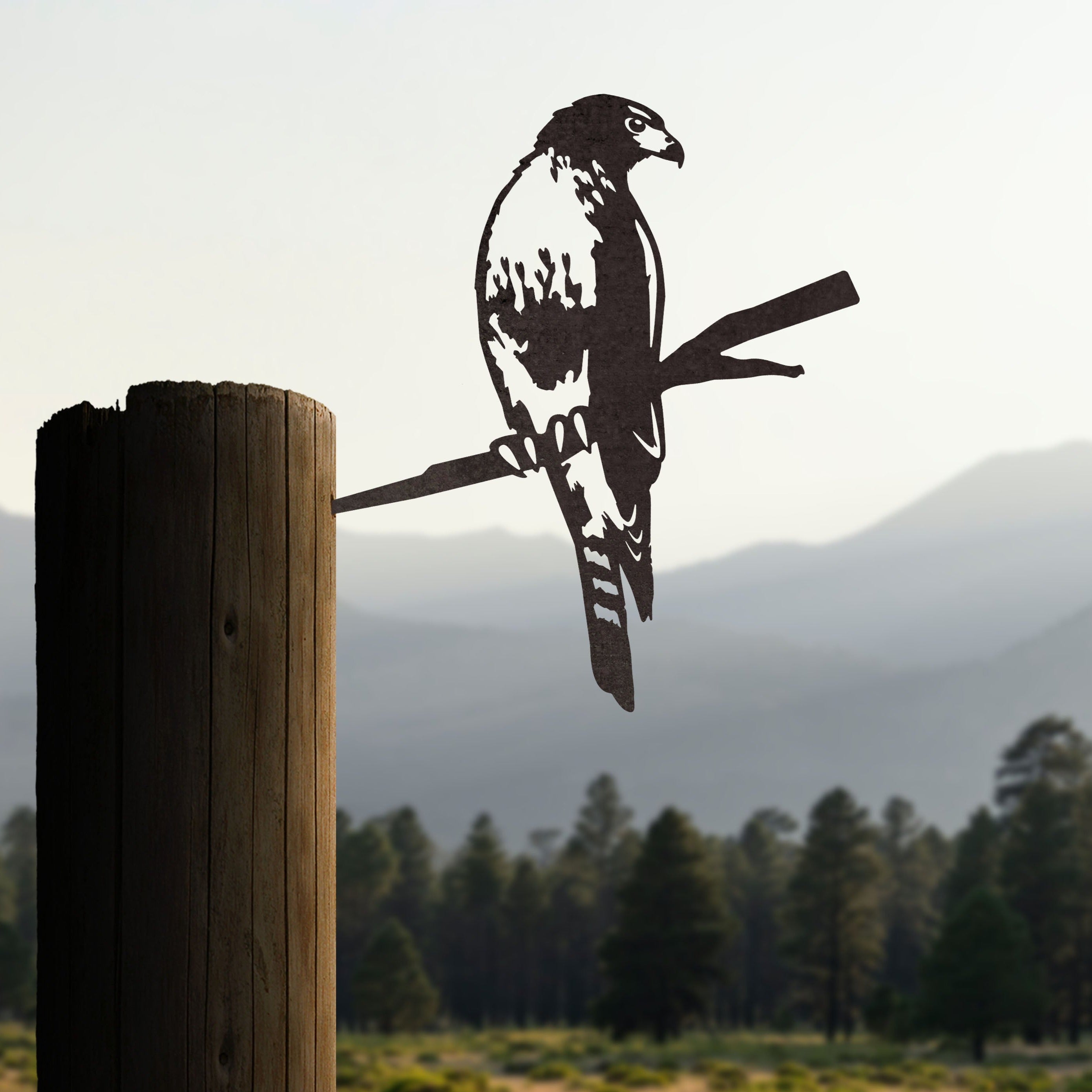
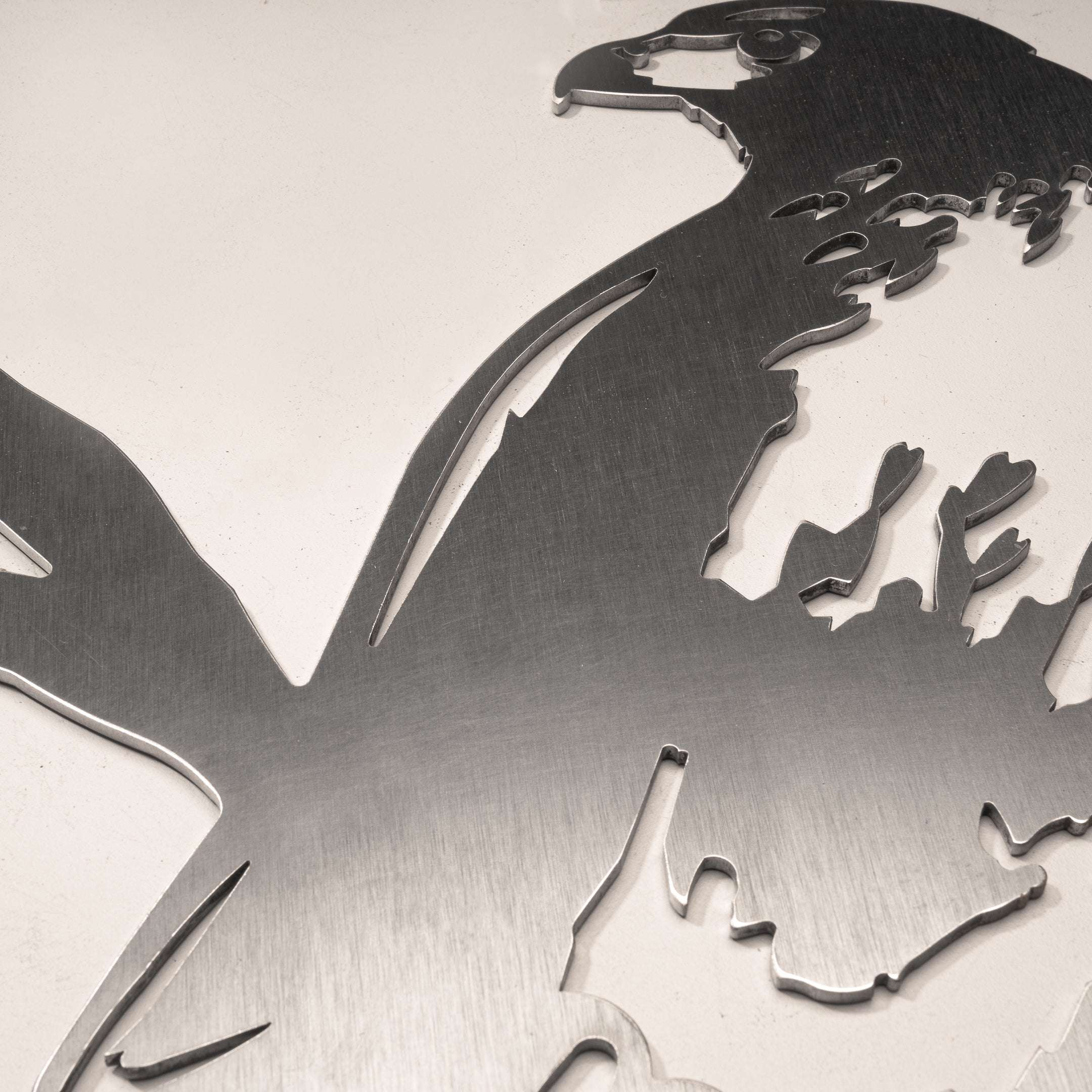
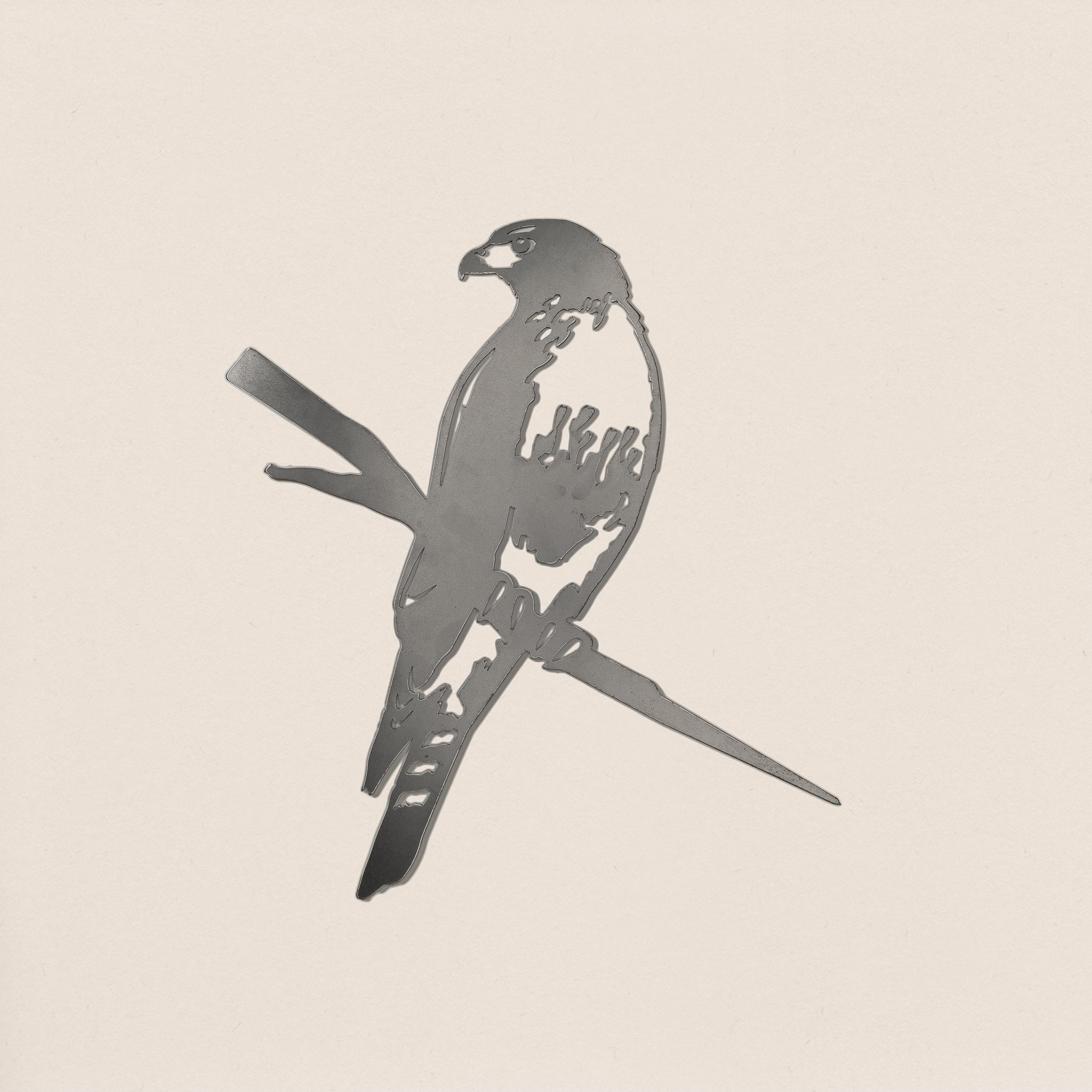
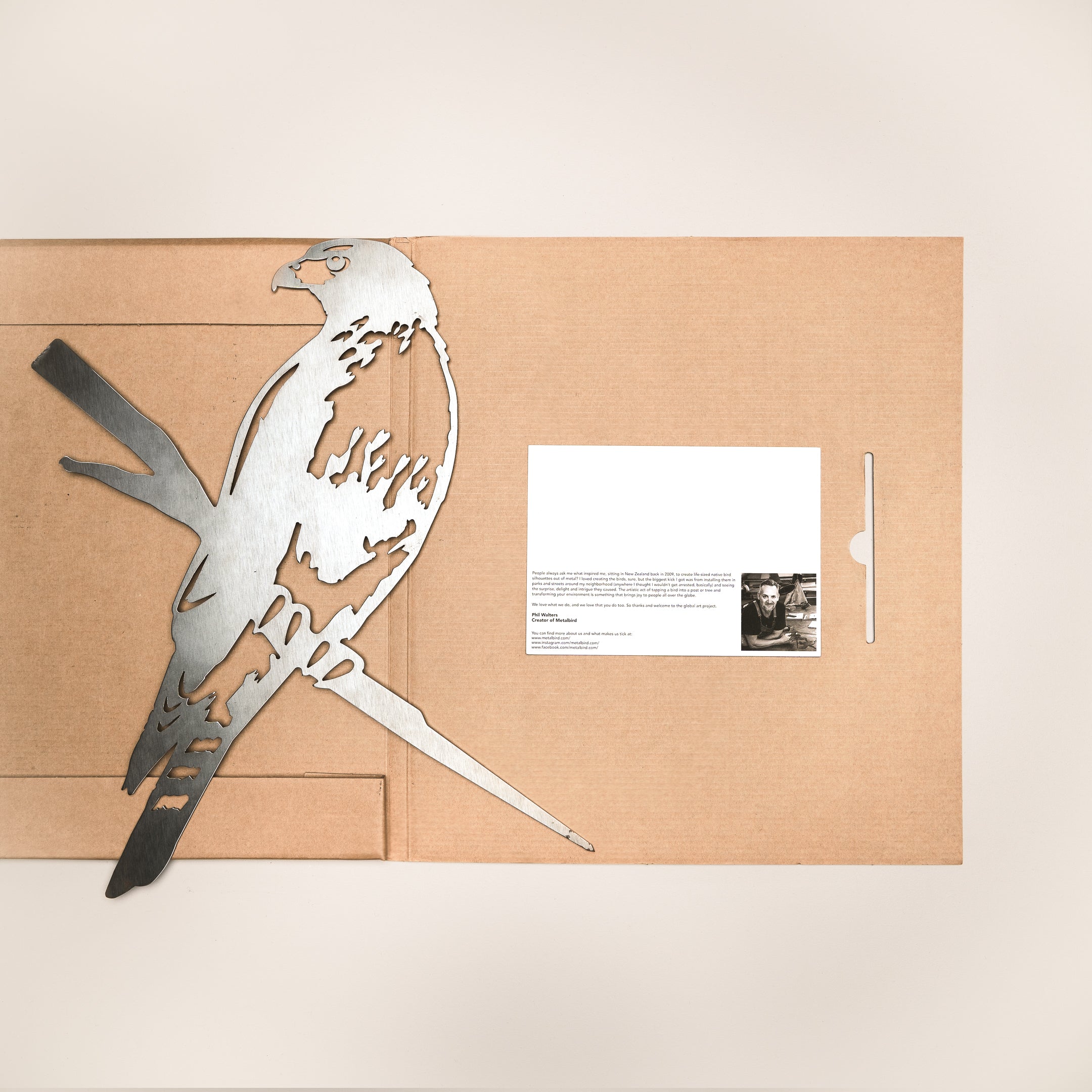
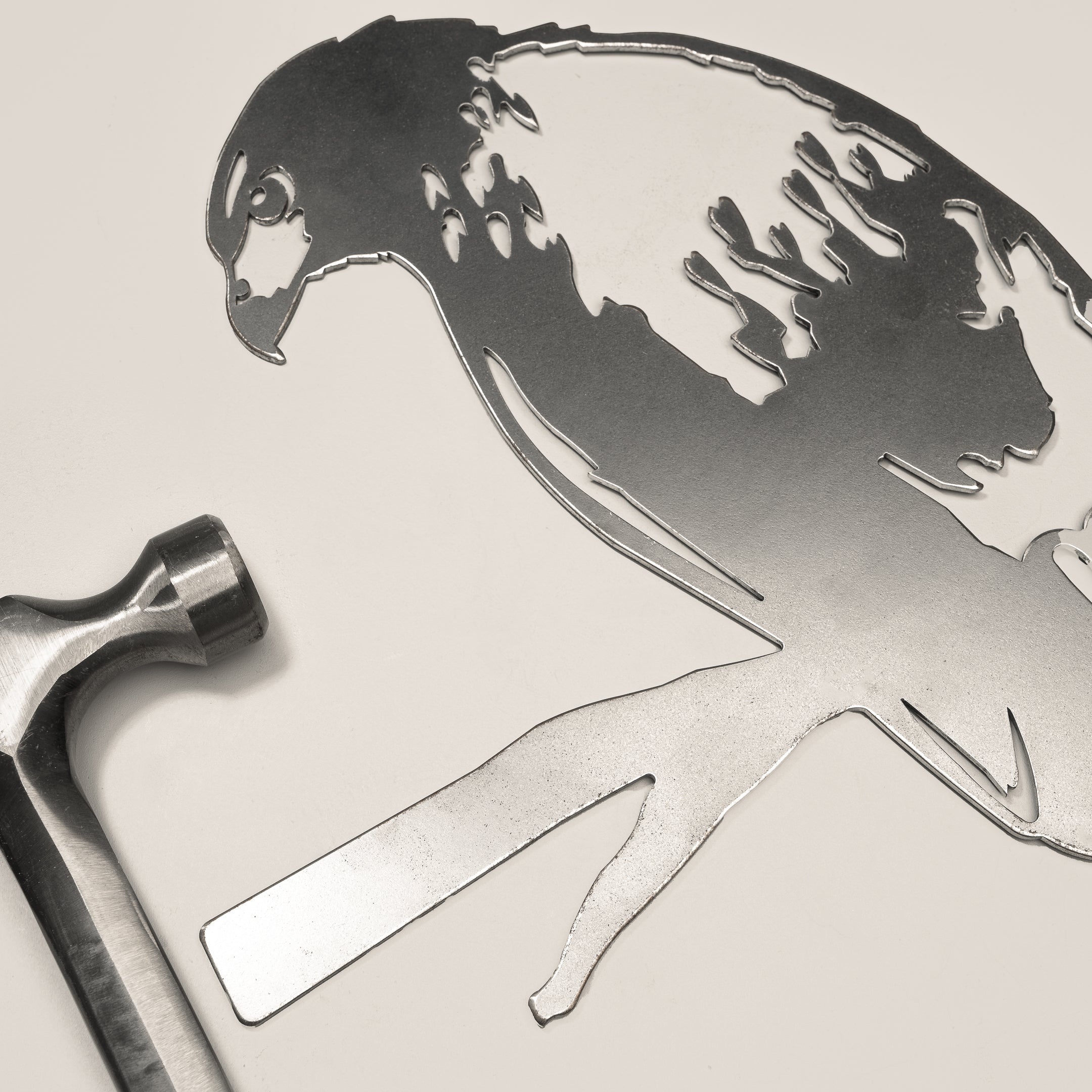
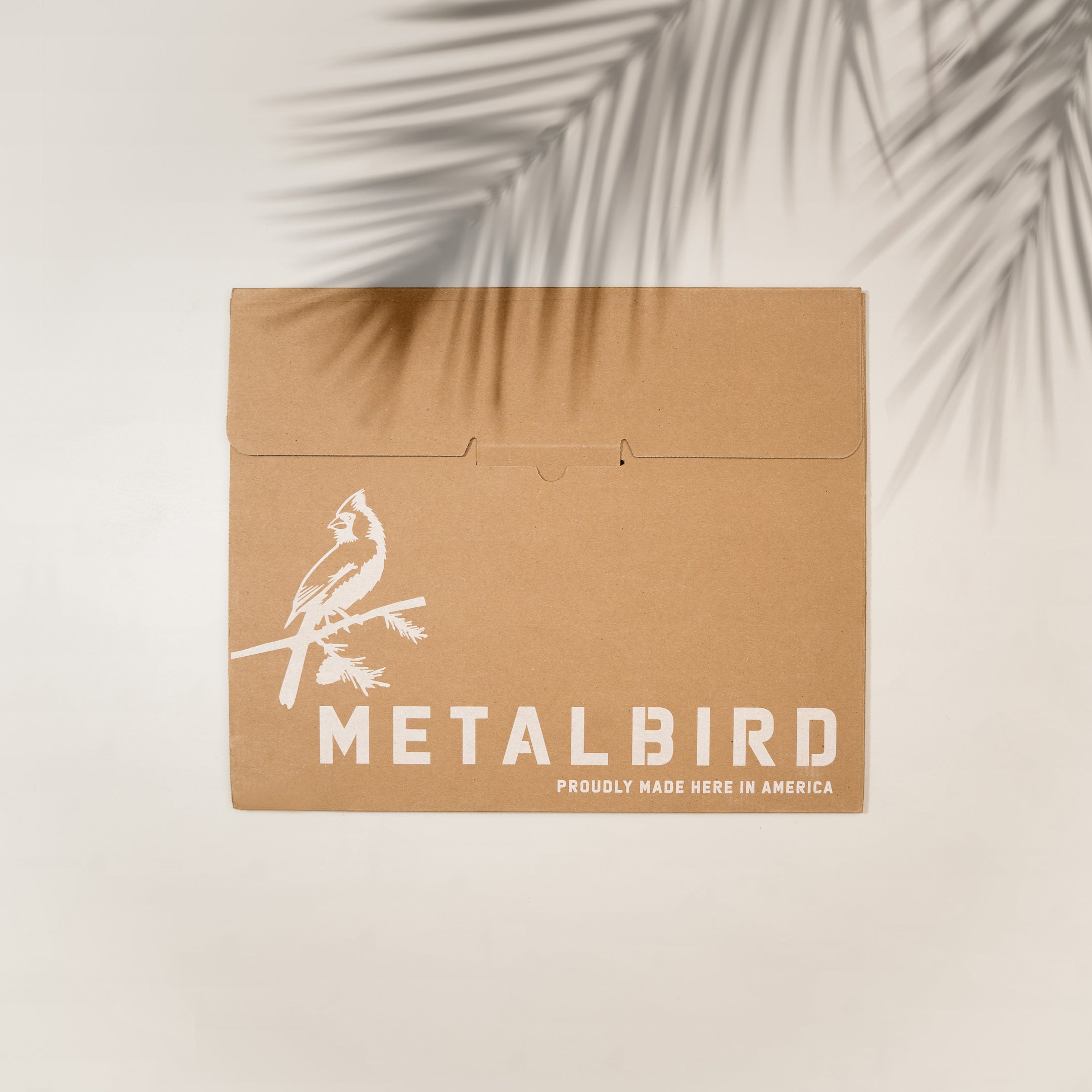
AS SEEN IN








Each Metalbird is crafted from Corten® Steel, a premium, weathering steel made to last.
When it meets the elements, it doesn’t rust like your old BBQ. It transforms.
That change you’re seeing? That’s patina. A tough, protective outer layer that seals the steel, adds character, and preserves your bird for decades.
This isn’t paint. It’s nature’s way of ageing gracefully.
The Patina Process:

At first, you’ll notice bright orange spots (we call this the teenage phase). Soon enough, the whole bird will turn a bold orange, slowly shifting into deep burnt umber. Eventually, it settles into a moody charcoal that feels like it’s always belonged.
The Result? A piece of industrial art with a heartbeat. No peeling, no fading, just a bird that gets better with age.
